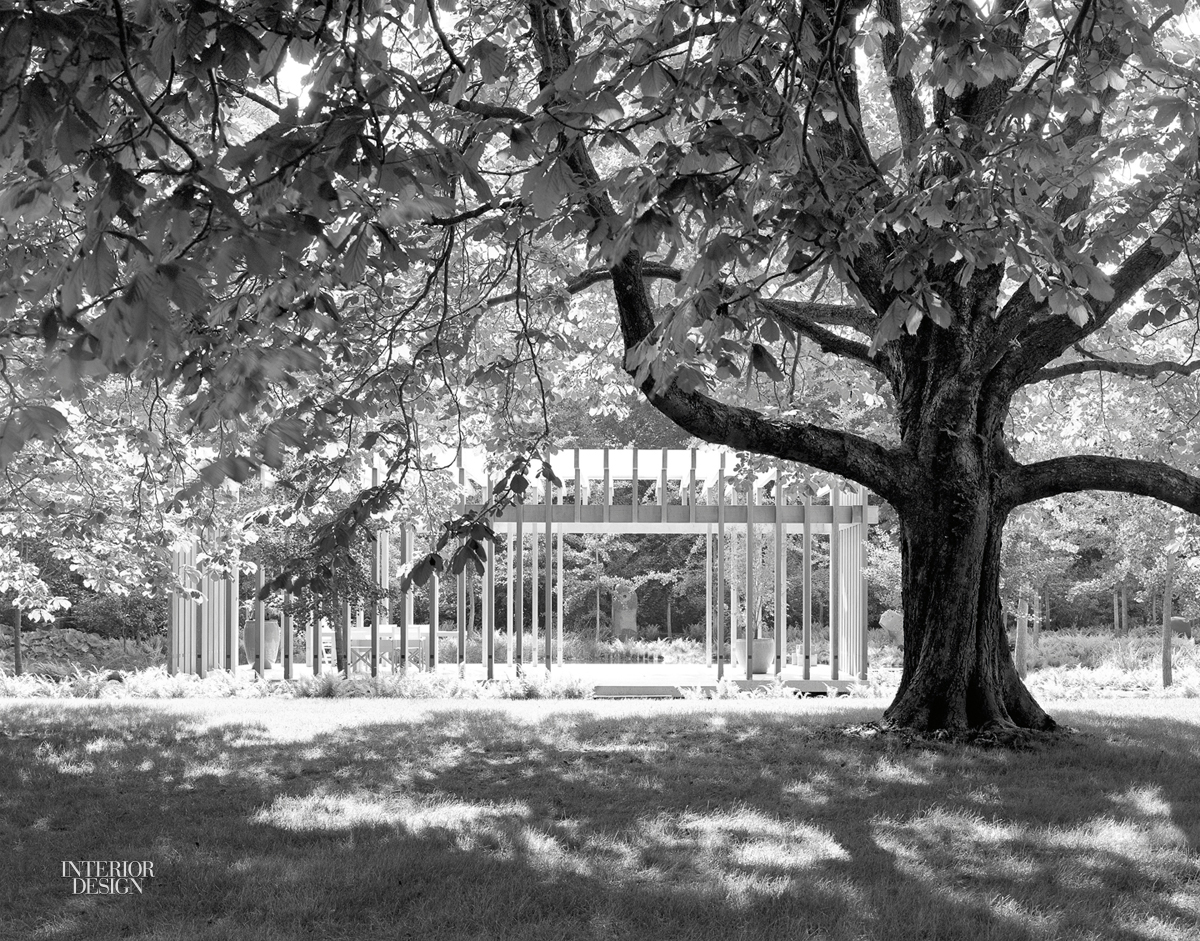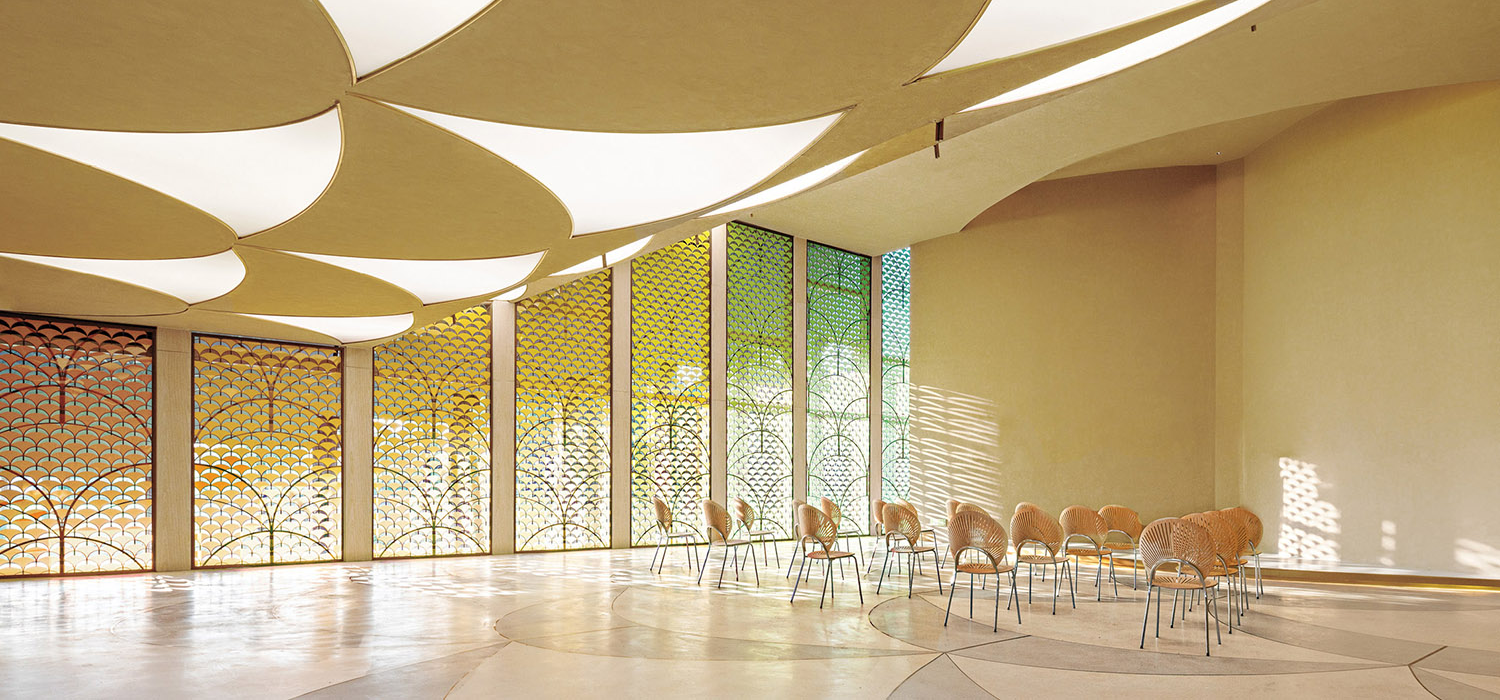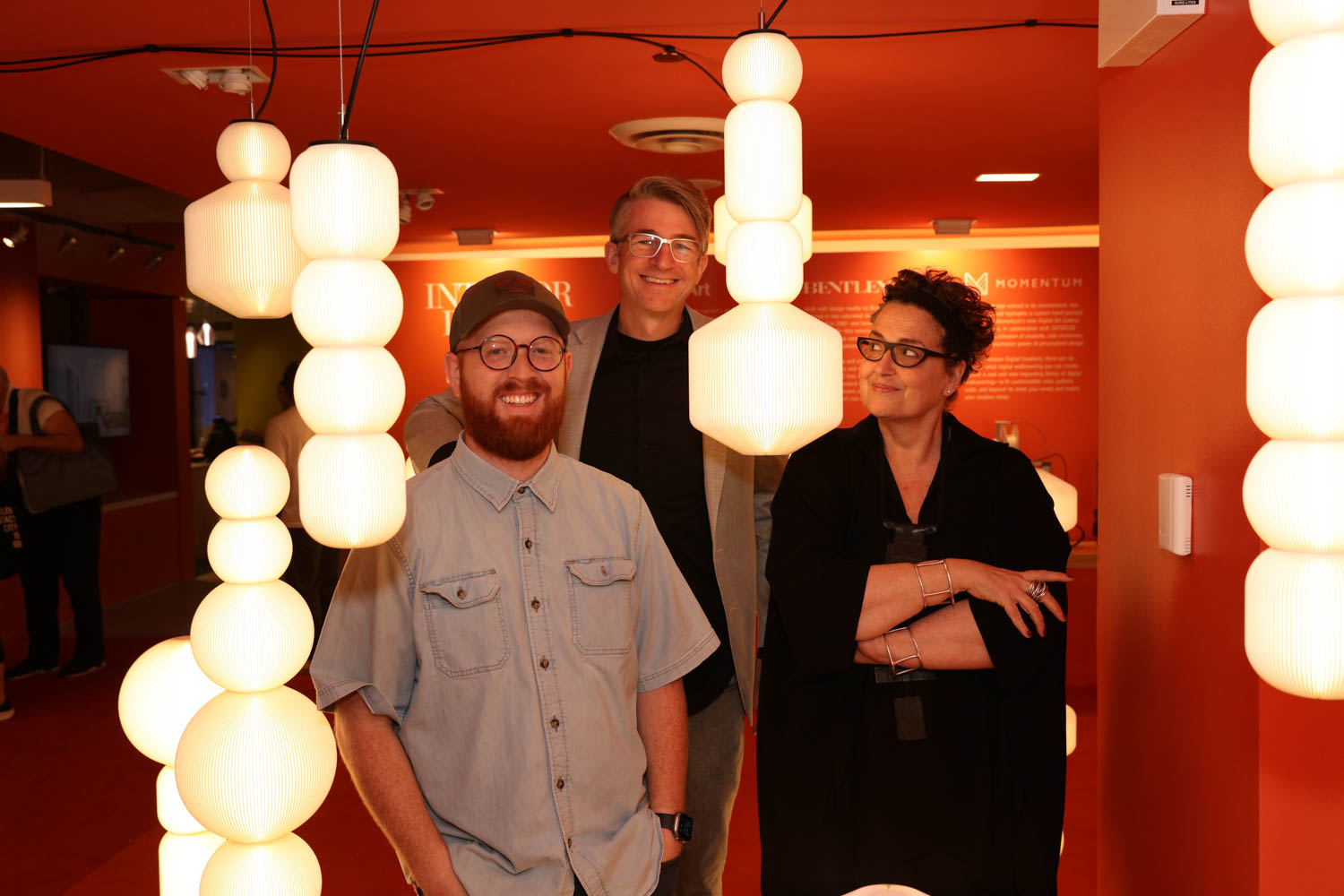A Noguchi Viewing Pavilion in the Hamptons Takes Cues from Japan’s Ise Grand Shrine

After acquiring 11 sculptures by the Japanese-American artist and designer Isamu Noguchi, Leonard and Louise Riggio hired Gluckman Mayner Architects to design a viewing pavilion on their property in Bridgehampton, New York. The pavilion was to be set alongside a man-made pond, part of a garden landscaped by Edwina von Gal + Co. Immediately, Richard Gluckman thought of Japan’s Ise Grand Shrine.

For more than two millennia, this Shinto site near Kyoto has been rebuilt every 20 years in the same cypress, making the building simultaneously ancient and new. Gluckman proposed constructing the Bridgehampton pavilion according to the traditional Japanese methods used at Ise, with the beams and joists held together by wooden dowels rather than metal nails or screws. When he showed the Riggios a sample of the kind of joinery he had in mind, he says, “They lit up.”

He constructed the open-sided 680-square-foot structure from Alaskan yellow cedar, with every board oriented the same way and two large crossbeams perpendicular. The cedar started out quite yellow, as the name implies, before weathering began. “I was very happy when the wood finally got to be the silver-gray you see today,” he says. True, the pavilion may need to be rebuilt every few decades. As at Ise, however, this will serve as a way of passing down construction methods to the next generation.


